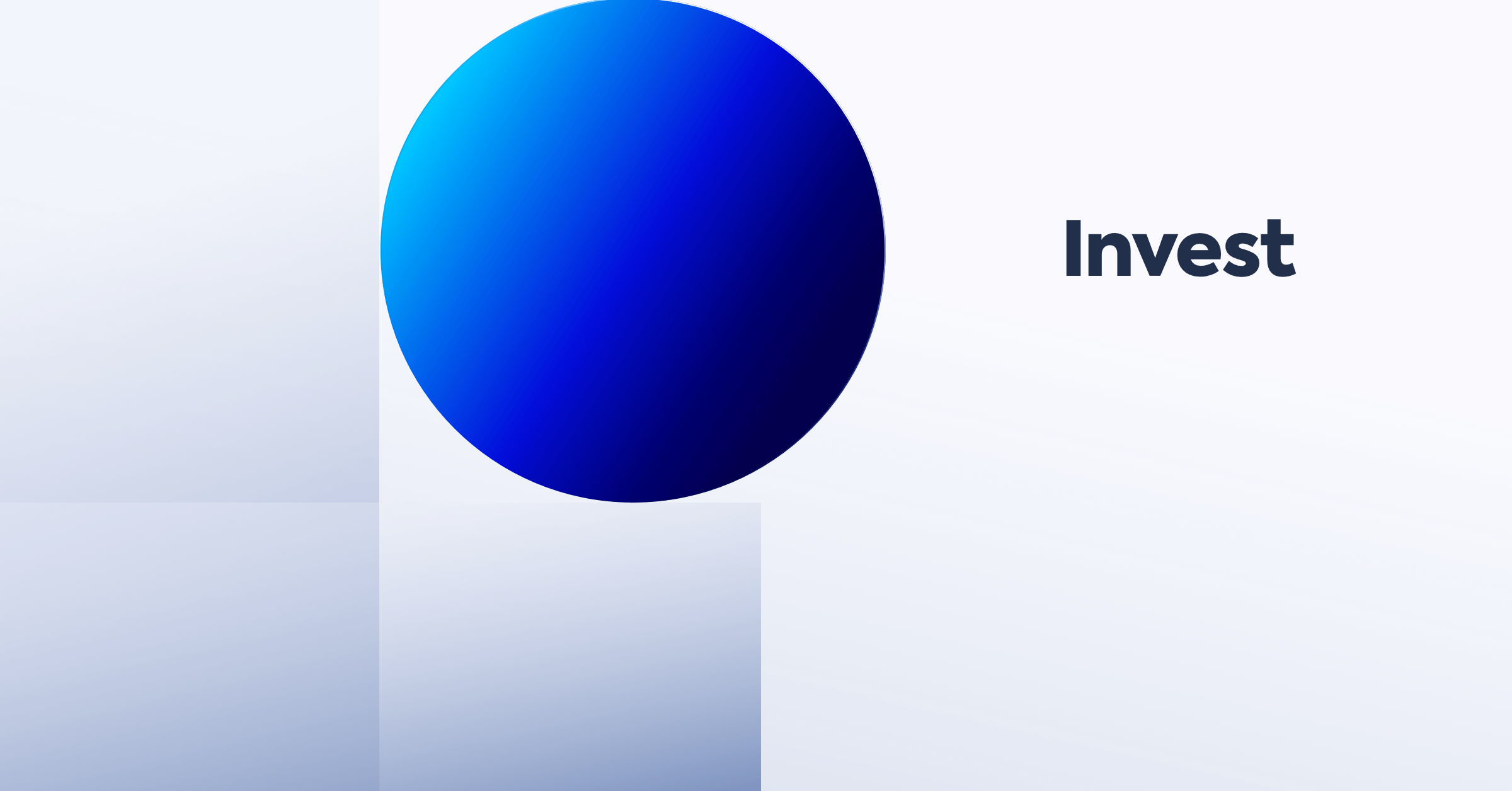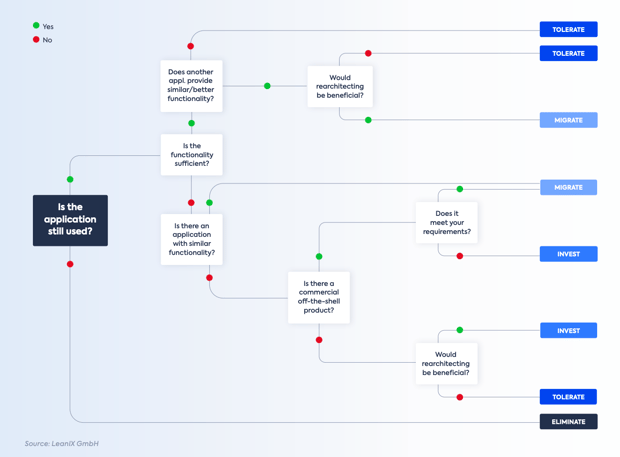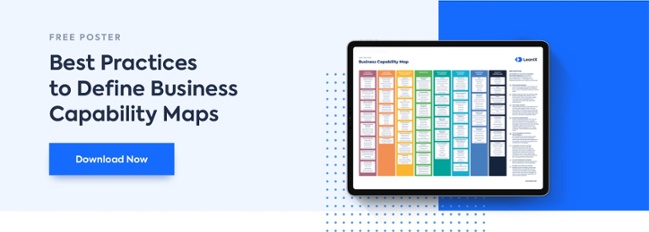
The Gartner® TIME framework for application rationalization is primarily thought of as a cost-cutting methodology. Let's explore, however, what happens when TIME highlights a need for investment?
The Gartner® TIME framework is the topic of this four-part series where we explore each element of the TIME acronym:
The previous part of this series explored when and why you should tolerate an application that has a high technical fit, but a low functional fit to the business. In this part, we'll look at how TIME can actually call on you to spend more budget on high-value applications.
If you need support with gaining clarity on your application portfolio before you start an application rationalization initiative using the Gartner® TIME framework, you can leverage the LeanIX enterprise architecture management (EAM) platform. To find out more, see our application rationalization page:
USE CASE: Application Portfolio Assessment & Application Rationalization
In the meantime, let's recap the TIME methodology before we explore Invest specifically.
A Short Overview Of The Gartner® TIME framework
As we explained in the last part of this series, the Gartner® TIME framework is the best-practice standard for enterprise architects conducting application rationalization. The model assesses your applications for technical and functional fit.
Once assessed by these factors, the TIME methodology has you put them into a matrix to categorize your applications according to the four categories:
Applications with high technical fit, but low functional fit will be Tolerated Applications with high technical fit and high functional fit will be Invested in Applications with low technical fit and high functional fit will be Migrated Applications with low technical fit and low functional fit will be Eliminated
Each of these four categories will give you an action to perform on the application, as follows:
- Tolerate - accept the application in its current state for the time being
- Invest - prioritize in gaining maximum value from this application
- Migrate - work on finding a better application to fulfill this need
- Eliminate - remove the application as it is not needed or desirable
To put it another way, take a look at our flow chart from our Application Rationalization Playbook:
That isn't the end, however. TIME also calls on you to look at the future of the application, considering what your application portfolio's TIME matrix will look like in the coming quarters and years.
As we have said before, this is deceptively simple, and there is a great deal of complexity and much to consider for each status. In the last article, we took a close look at the Tolerate status, but this time, we'll consider Invest.
Before we look at the actions needed for Invest applications, however, let's look at why you would mark an application for investment during your cost-cutting exercise.
Wait, Isn't The Gartner® TIME framework About Reducing Spend?
It's far too easy to think of application rationalization as being a cost-reduction exercise. Yet, the goal of application rationalization and the Gartner® TIME framework isn't just reducing spend. It's about efficiency.
Efficiency is gaining maximum value from the resources available to you. Therefore, when an application is producing a great deal of value, it becomes worthwhile to invest more resource into it to get even more value.
In application rationalization, you will spare resource by eliminating or optimizing spend on applications that aren't creating value. This can then be invested in improving the applications that are supporting business processes.
As such, you could say that the Invest category is related to cutting net costs overall. However, it's more helpful to consider application rationalization using the Gartner® TIME framework to be about efficiency, rather than reducing expense.
Which Applications Does The Gartner® TIME framework Advise Investing In?
As we said above, the Invest category in the Gartner® TIME framework includes applications that have high technical and great functional fit to the business. This means that these applications are necessary to support essential business goals and are doing a good job of it.
Technical fit means Invest applications have:
- good service levels
- full integration with your tech stack
- low risk
- vendor support
- open-source code
They also have high functional fit, meaning the applications map to your business needs and capabilities. For support with mapping your business capabilities, download our free business capability mapping template:
Essentially, your Invest applications are premium applications that you use every day and support your business. Investing in these applications means increasing the daily efficiency of workers across your organization.
For example, a client of LeanIX used our enterprise architecture management (EAM) platform to discover that their employees were largely using free Zoom licenses, which were limiting their meetings to 30 minutes and blocking their access to integrations and advanced features. This led to the widespread practice of booking back-to-back meetings to cover complex topics.
Using the LeanIX EAM, our client also discovered that they had a number of unused premium Zoom licenses that could be offered to their employees. Upgrading their users to these premium versions led to an increase in efficiency and satisfaction across the firm.
However, if the premium Zoom licenses weren't already available, it still would likely have been worth our client making an investment in acquiring licenses for their users to improve their efficiency. This is a prime example of why Invest is a key category in the Gartner® TIME framework.
How Should You Treat 'Invest' Applications Under The Gartner® TIME framework?
As the expression goes, 'if it ain't broke, don't fix it'. Of course, the Gartner® TIME framework suggests you stick with your high-value Invest applications.
However, to maintain this value, you will want to support these applications fully and look for ways to leverage them further. For your Invest applications, you should plan to:
1. Support Investment
Where there are ways to Invest in your applications, it's worth doing so wherever there is a business case. Maintaining and increasing the capabilities of a valuable application should be a no-brainer.
2. Expand And Innovate
Add extra licenses to ensure everyone who can benefit from the application within your organization has access to it. You should also look to apply the application to new use cases and work to discover innovative ways to leverage it.
3. Encourage Full Usage
There may be holdouts within your organization who still aren't using the high-value application in question. Work on increasing awareness of the value of the application and offering training to incentivize use.
Invest As Key Activity In The Gartner® TIME framework
Since getting the most out of your resources is the goal of the Gartner® TIME framework, investing in your most-crucial applications could well be the most-rewarding part of application rationalization.
Many see application rationalization as a cost-reduction exercise. Yet, while canceling the contract on an application no-one in your organization uses may be satisfying, it will hardly be a game-changing initiative.
On the other hand, enhancing and expanding the use of a vitally important tool for your organization could well be what your organization needs to thrive. That's why the Gartner® TIME framework has the most value in telling you where to invest resource, rather than where not to invest.
In the next part of this series, we'll look at how to determine when there are game-changing applications you aren't using because your organization relies on applications that aren't best-of-breed.
In the meantime, find out more about how the LeanIX platform supports your application rationalization efforts in the Gartner® TIME framework:




